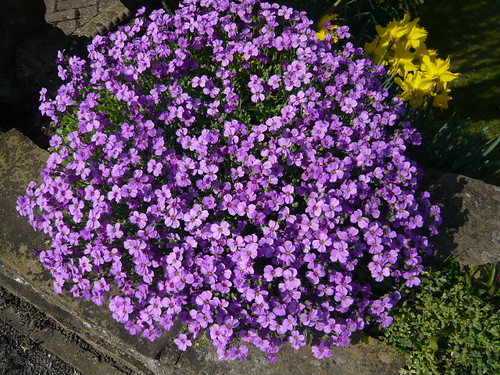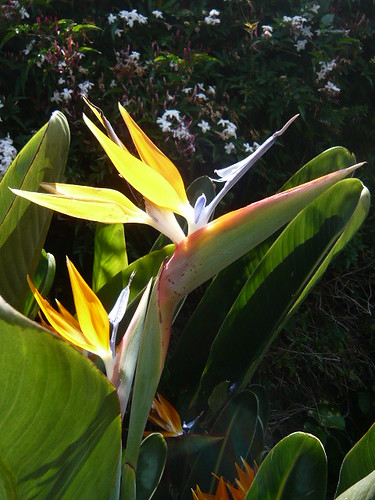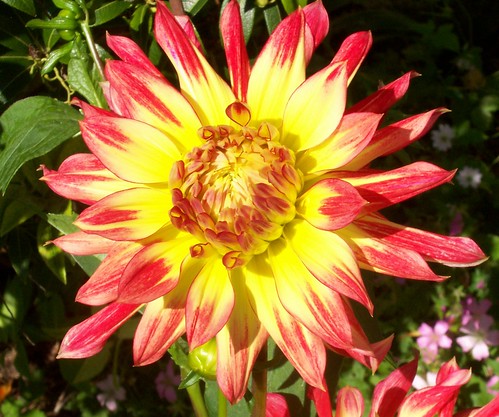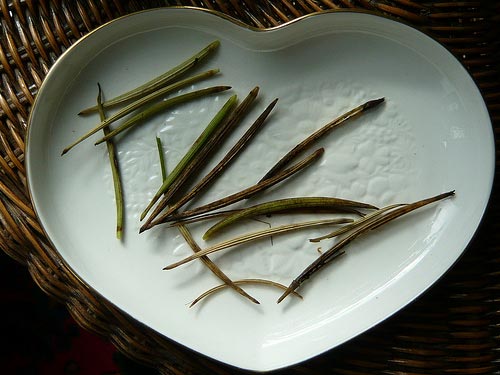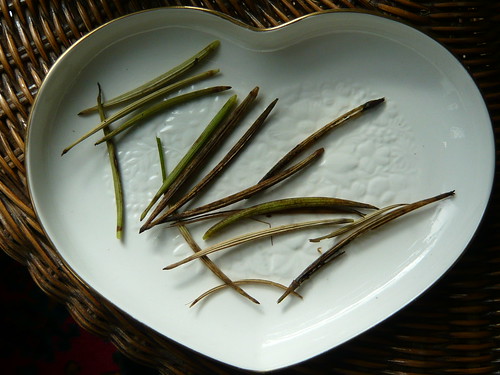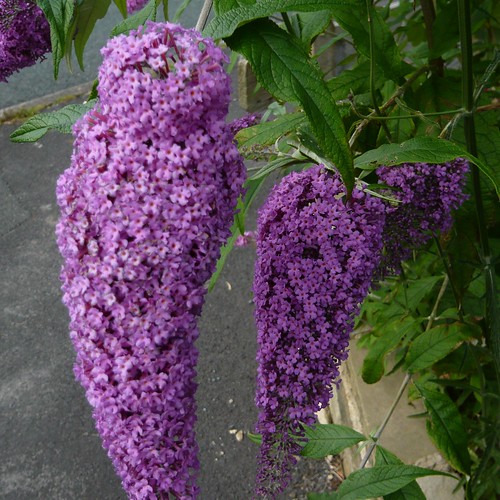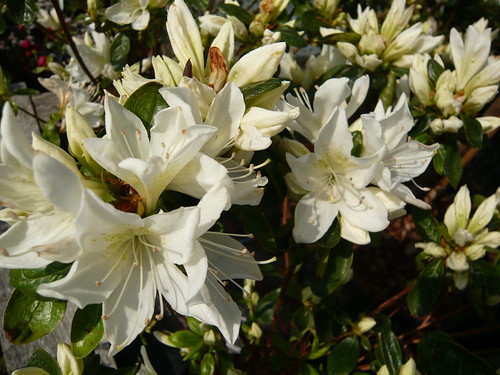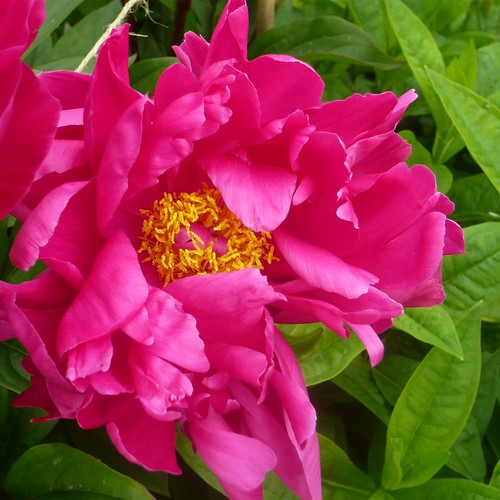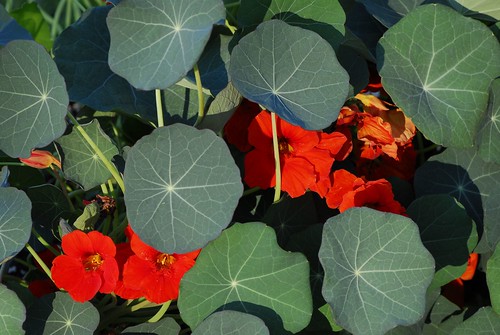Growing Aubretia in Blue and Purple
Aubretia is available in many colours of blue through to the deepest purples. Reddish tinges help create the pinker varieties but it is the blues and mauves which really catch the eye.
- Aubretia will tumble happily from cracks in walls, creep across rockeries, and crawl through the front of mixed borders.
- Aubretia forms dense mats of evergreen foliage with a profusion of spring blooms, these little plants thrive in reasonably poor soils with a toughness that belies their beauty.
- The leaves are a grey green and are not unsightly but cut back hard after flowering to promote a fresh flush of growth and maintain its compact form.
- Aubretia is perennial and will spread for upto 24 inches at a low height of 2-3 inches.
- Plant in any reasonably drained fertile soil and will spread naturally by seed. Aubretia is quite hardy.
- Aubretia is also know and sold as Purple Rock Cress and Aubretia deltoides.
Aubretia plants and seeds are available from Thompson Morgan. Once established you will get many years of happy spring flowering.
